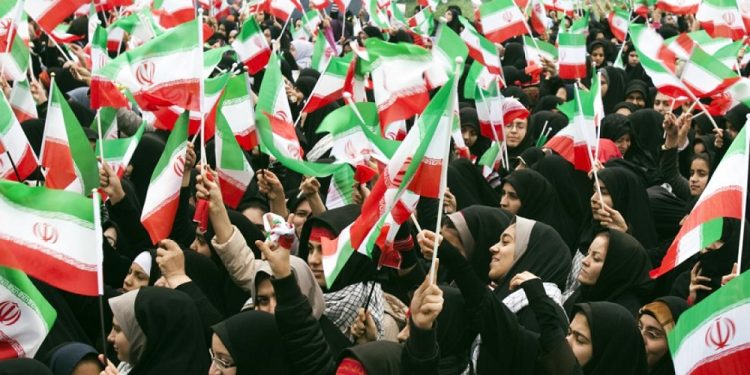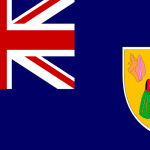
Revolution Day in Iran
Revolution Day is a public holiday observed annually in Iran on the 22nd day of the month of Bahman on the Iranian calendar. This places it on February 11th on the Gregorian calendar.
It is a day that commemorates the protests that led to the Islamic Revolution that occurred in 1979 and resulted in the downfall of the Pahlavi Dynasty and the installation of Ayatollah Khomeini. Every year, this holiday is accompanied by marches and large rallies that take place on the streets of Iran’s cities to remember those who died while struggling for the goal of independence.
The History of Revolution Day in Iran
Since 1925, Iran had been ruled by the Pahlavi Dynasty as a monarchy. When economic reforms intended to modernize the country failed during the 1960s, protests and riots broke out on a large scale. In 1964, Ayatollah Ruhollah Khomeini spoke out against the Shah and, as a result, was exiled from Iran.
Marches continued against the Shah, and by 1978, tensions were at an all-time high. There were demonstrations, strikes, and marches all across Iran. Suffering from ill health and realizing he had lost control of the country, the Shah left Iran on January 16, 1979.
On February 1, 1979, Khomeini returned to Iran and led a campaign to overthrow what was left of the government. After rebel troops overtook the Pahlavi Royal Regime, and after Iran’s military had declared itself to be a neutral party, the government was taken down and a new one installed.
Observing Revolution Day in Iran
Iranian Revolution Day is often observed with the gathering of large crowds, parades, and fireworks. Many of the marches end at Azadi Square in Tehran—which has become the focal point of this holiday’s celebrations.








